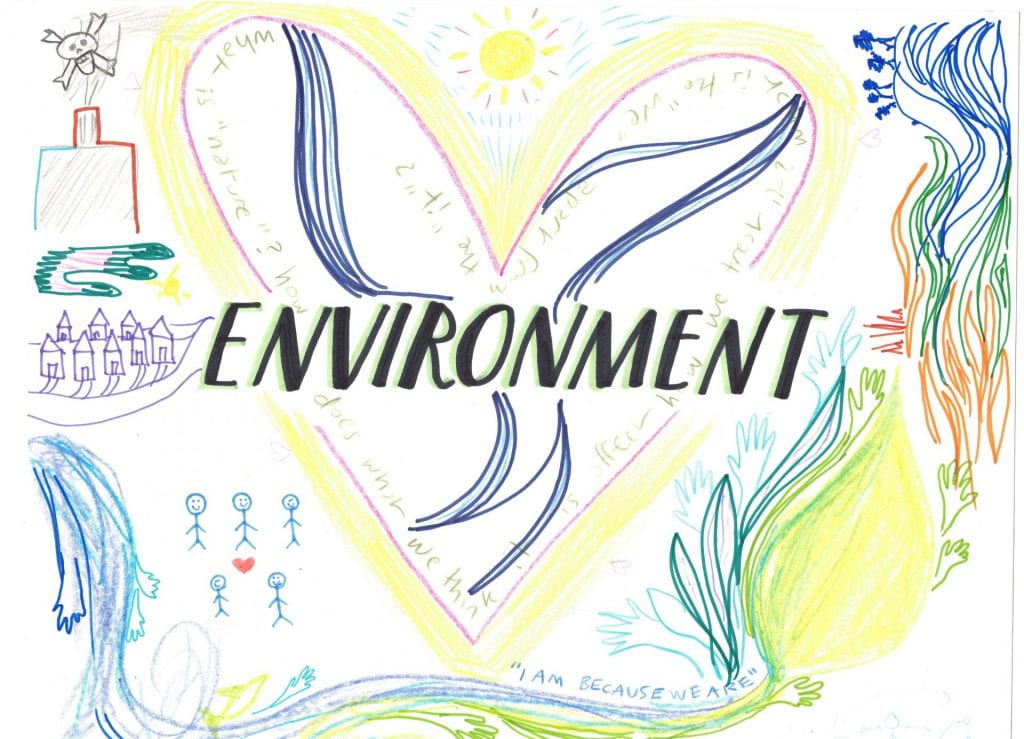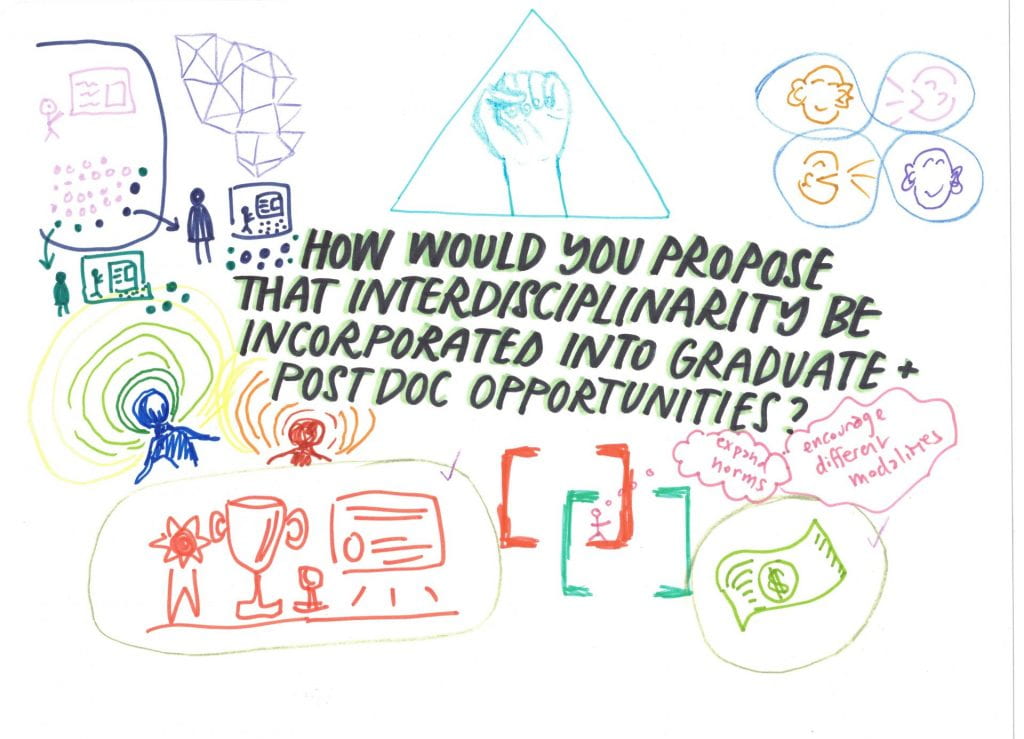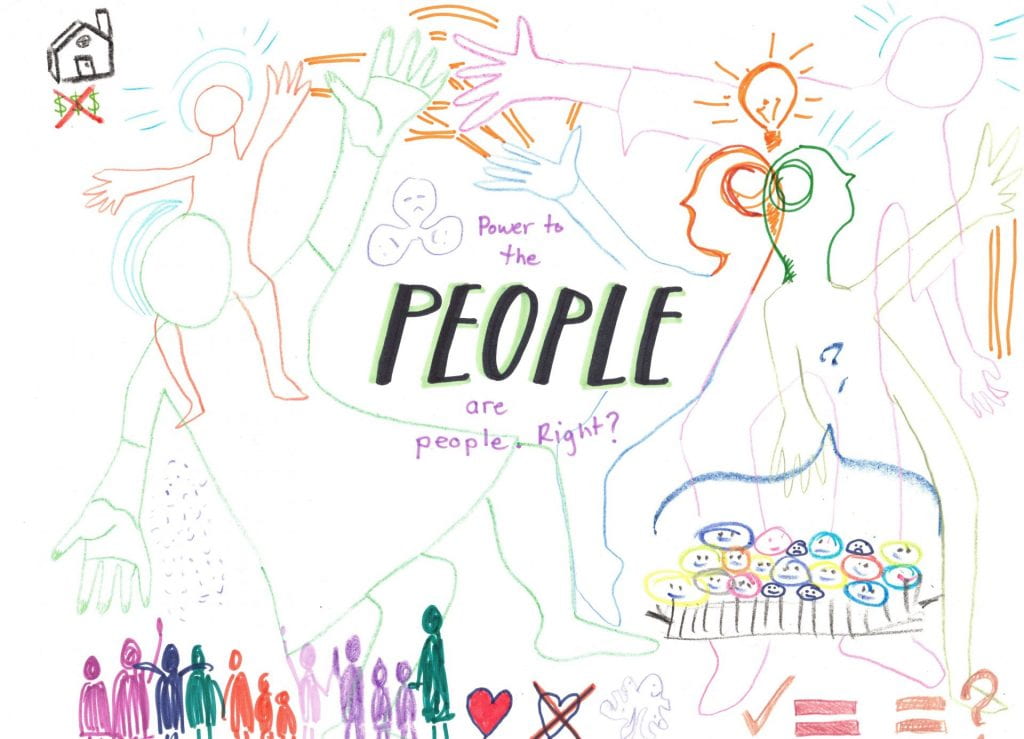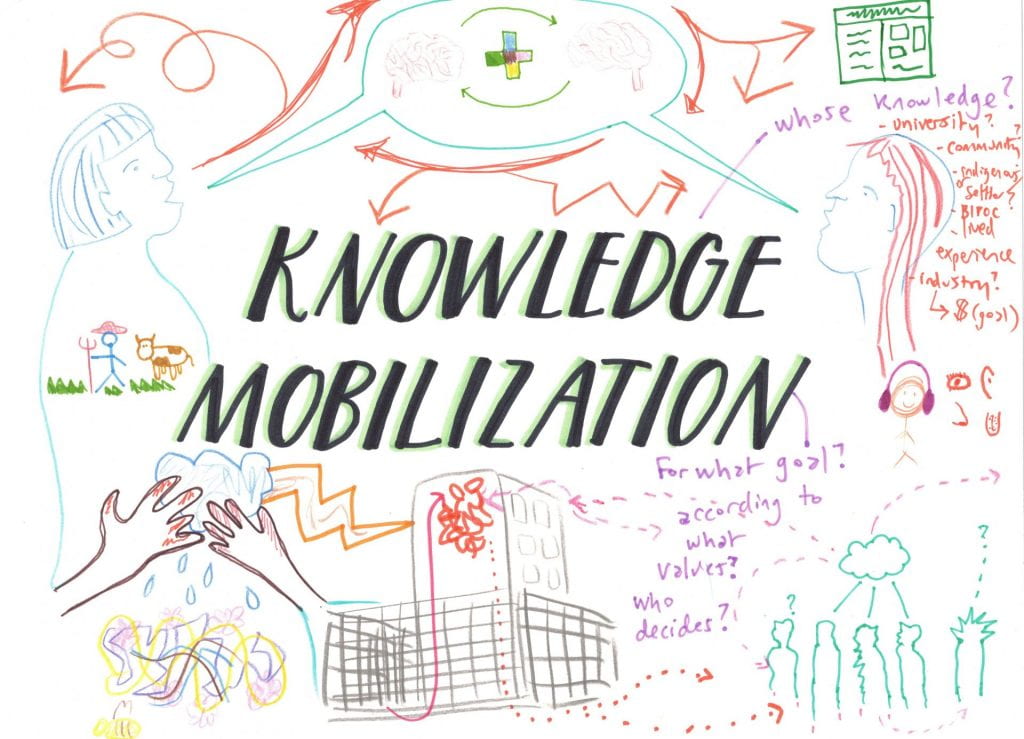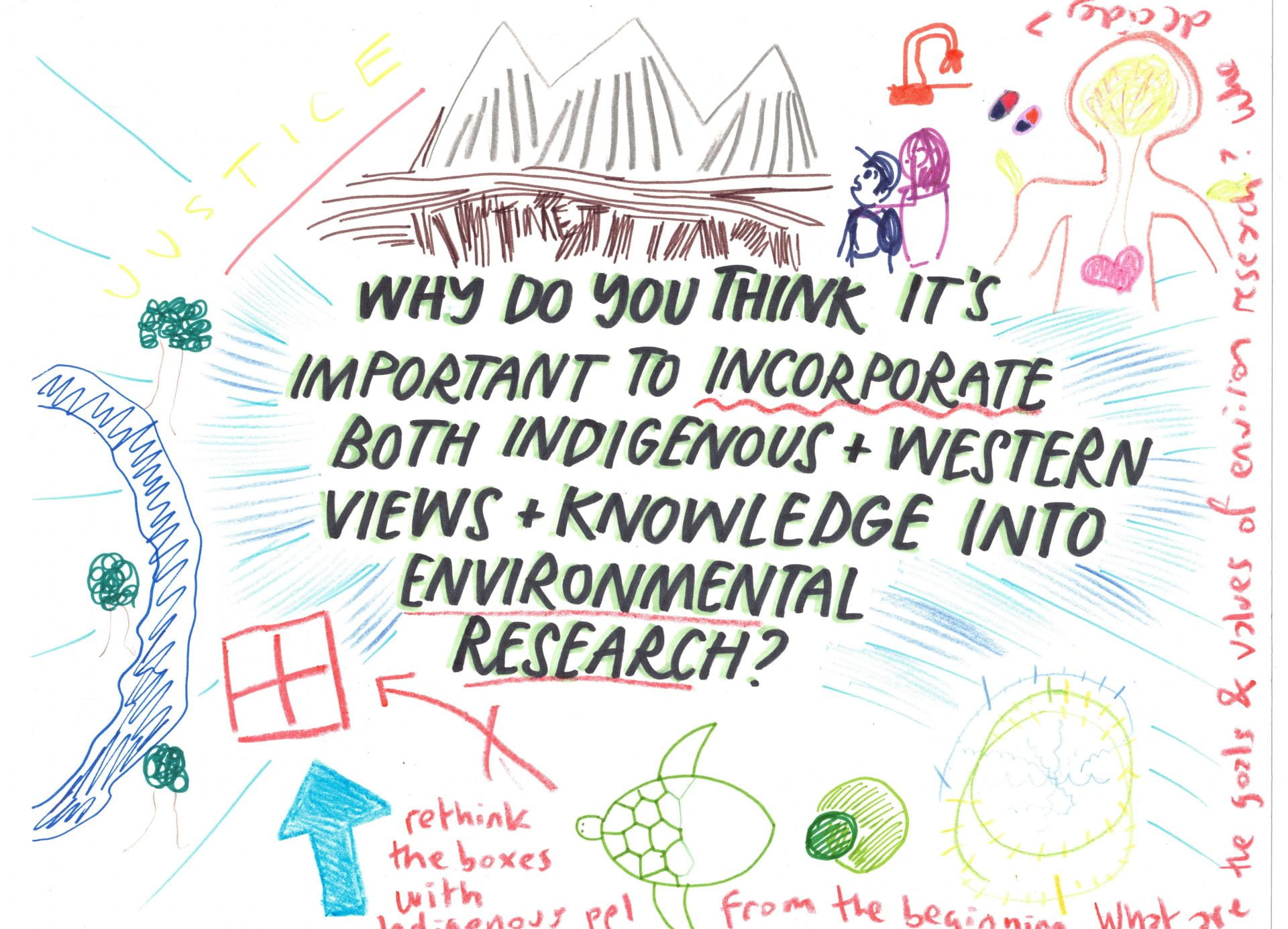A new take on the ECR Mind Map
As part of GIER’s Perennial Symposium we revisited the early career researcher (ECR) mind map introduced in GIER’s first Symposium, but with a twist! Rather than recording the thoughts and discussion points of our ECR’s through conversation, we wanted to engage our community in an interdisciplinary way of thinking and responding to these questions on environmental research.
This time, the mind map wasn’t recorded. It was actively created by our early career research community, spearheaded by GIER ECRs Shelby Bohn (PhD Candidate, Integrative Biology) and Olivia Blumenthal (MSc, Environmental Sciences)!



We looked through the questions from last year, gathered feedback and responses from the undergrads, graduate students, and post-doctoral fellows that make up the GIER ECR community, and then our ECR’s identified keywords that came up in the responses. These keywords, along with the original questions from last year’s Mind Map were written out on a series of pages by the wonderful Shelby Bohn (PhD Candidate, Integrative Biology).

“When are you old enough to create a bad drawing?”
Shelby Bohn
GIER ECR, PhD Integrative Biology
Our ECRs gathered in the Grad Lounge to work on illustrating these questions and keywords. Shelby led the group through some reflection and encouragement on art and creativity, and then everyone joined in to participate in the mind mapping experiment introduced by Olivia.
Twist apart
Olivia led our ECRs in the improvisational Twist Apart game below:
Everyone draws in response to the prompt until someone has a gut feeling that they have spent enough time on their page (this could be 5 seconds or 5 hours), then they yell “TWIST!” and all at once everyone passes their page to their neighbour.
This means that the work of the first artist is now at the whim of the second artist to add whatever they think needs to be added -and so each page holds a “two-brained artist”. And again, everyone draws until someone feels they have done their job they yell “TWIST!” and so a three-brained artist is born.
This only stops twisting once it has been decided by everyone that the art is ready to stand as its own piece of art.
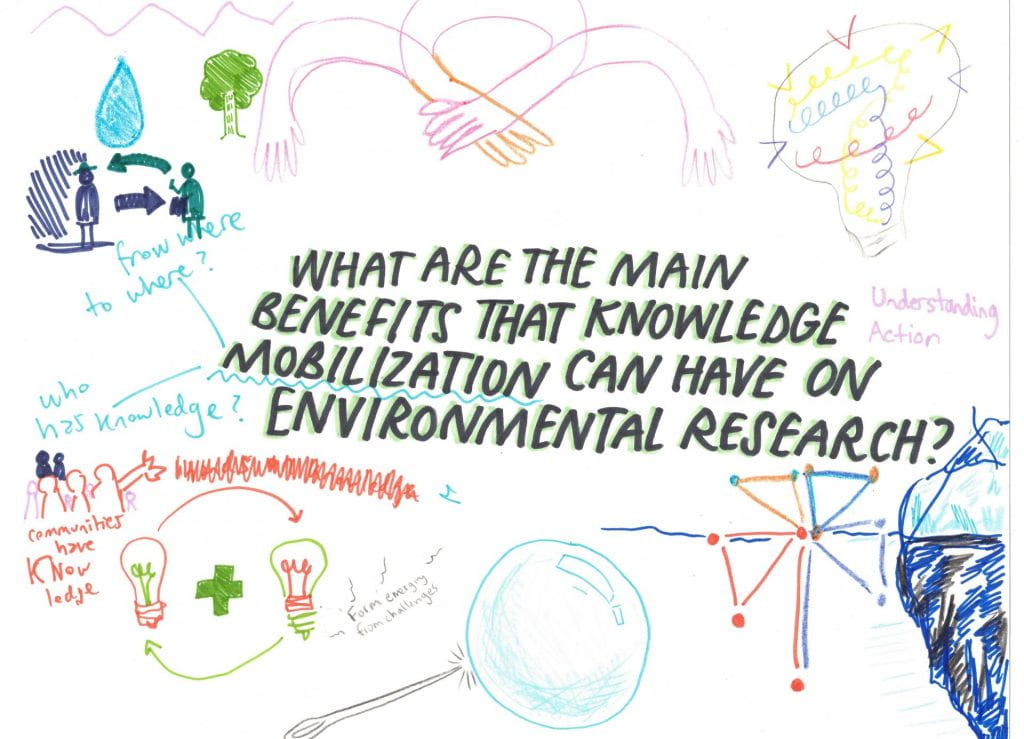
“How can twist apart act as a guide for creative collaboration that demonstrates how many perspectives can exist harmoniously on the same page?”
Olivia Blumenthal
GIER ECR, MSc Environmental Sciences
The results are the layered and colourful illustrations included in the gallery below!
Participants used metaphors, words, and the power of visual communication to explore and share their perspectives on a variety of questions and subjects, from ways that interdisciplinarity is being incorporated into research, to how ECRs have engaged in knowledge mobilization, and opportunities that ECRs wish they had to connect with other disciplines.
This event was open to graduate students and postdoctoral fellows from all departments and colleges of UofG and we are happy to have received input from ECR from diverse disciplines —from natural sciences to social sciences, arts and humanities, and engineering.
Stay tuned for an integrated Mind Map showing all this work brought together.



